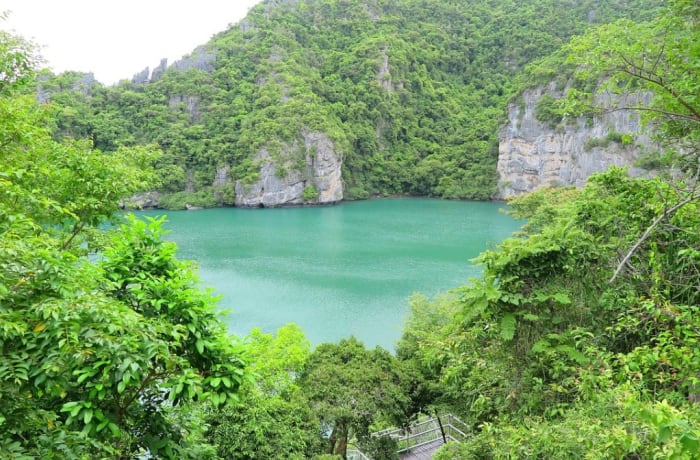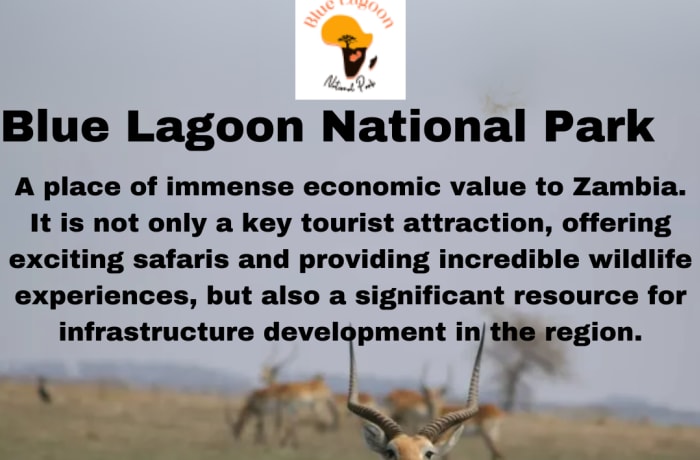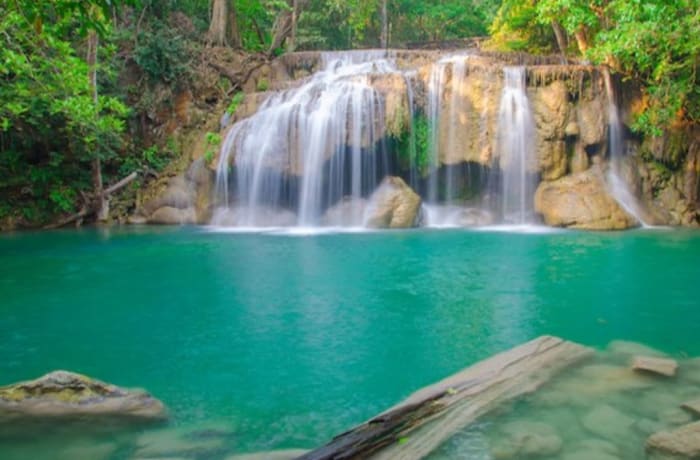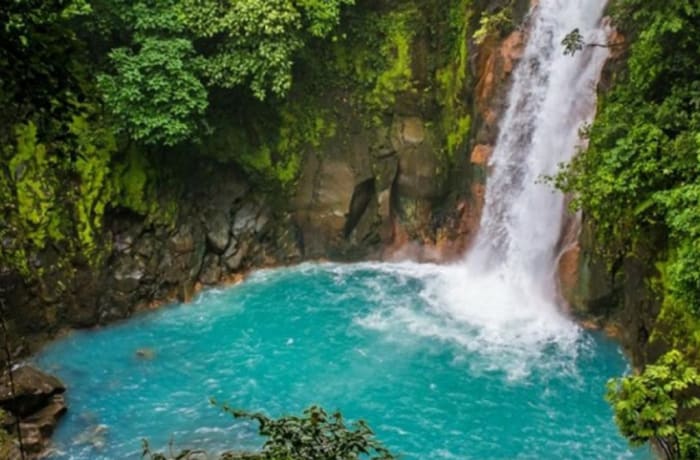
Blue Lagoon National Park
Blue Lagoon National Park is a paradise for bird watchers, as it offers an array of species to observe. The park is home to some of Zambia's most prolific wildlife and provides visitors with a unique opportunity to explore the wilds of Central Province. It also serves as an important site for research into the ecology, natural history and conservation of Zambian ecosystems. The park has a number of visitor facilities that make it an ideal destination for people wanting to experience the wilds of Zambia. These include a lodge, camping area and picnic sites. The lodge is equipped with electricity and running water and offer comfortable accommodation for up to six guests. There is also a range of activities available such as game viewing, bird watching and nature trails. Visitors to the park should ensure they adhere to all regulations and rules in order to help protect the park's wildlife and conservation status. All visitors must obtain a permit prior to entering the park, and appropriate clothing and footwear is recommended due to uneven terrain. Blue Lagoon National Park provides an excellent opportunity for visitors from around the world to experience Zambia's unique wilderness and wildlife. With its convenient location and abundance of activities, Blue Lagoon National Park is an ideal destination for those wanting to experience Zambia’s wild side.
Contact info
Message business
Enquiries, questions, quotation requests etc
Enquire via Email
Natural resource
Blue Lagoon National Park is a place of immense economic value to Zambia. It is not only a key tourist attraction, offering exciting safaris and providing incredible wildlife experiences, but also a significant resource for infrastructure development in the region. Conservation efforts in the park have been ongoing since its establishment. The surrounding community benefits from the park's continued success, which allows for further investment in education and healthcare. With its stunning scenery and abundance of wildlife, Blue Lagoon National Park is a must-see destination for any nature lover. Sustainable tourism management has been identified as a key factor in preserving Blue Lagoon National Park for future generations. As such, investment is being made in infrastructure development and conservation initiatives, enabling tourists to enjoy its beauty while also helping to conserve it for future generations.
Sustainable tourism management a key factor in preserving Blue Lagoon
A significant population of Lechwe and Sitatunga
A natural sanctuary for hundreds of species of plants and animals

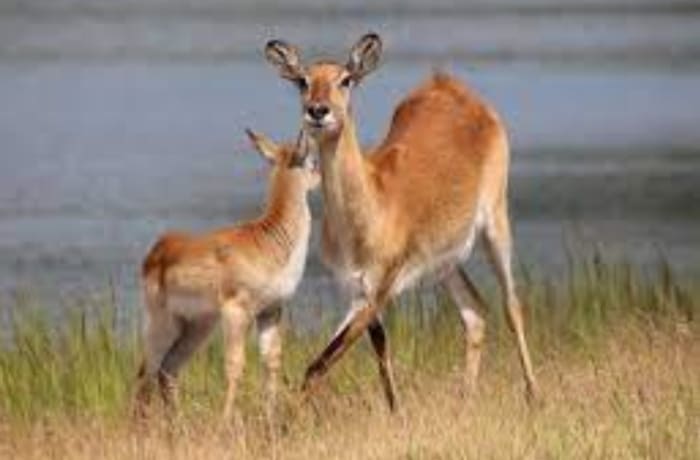
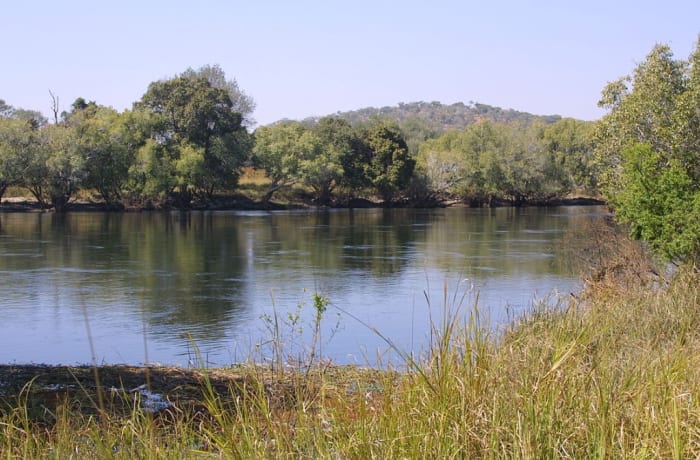

+10
Place of interest
The Blue Lagoon National Park is a majestic and alluring place, located in the north of Lusaka. It remains relatively untouched compared to other places of interest in the area. During the dry season, it is mostly a grassy flatland but with the arrival of the rains, the beautiful wetlands attract an abundance of birds from across the country. As its popularity continues to grow, increased investment has been made in tourism infrastructure such as camping sites, restaurants, and other attractions. All these serve to make the experience of visiting Blue Lagoon more enjoyable and comfortable for all those who choose to spend time here.
Remains relatively untouched compared to other places of interest in the area.
Its beauty, culture, and potential make it an ideal place to visit
Providing a once-in-a-lifetime experience for bird watchers and nature lovers.


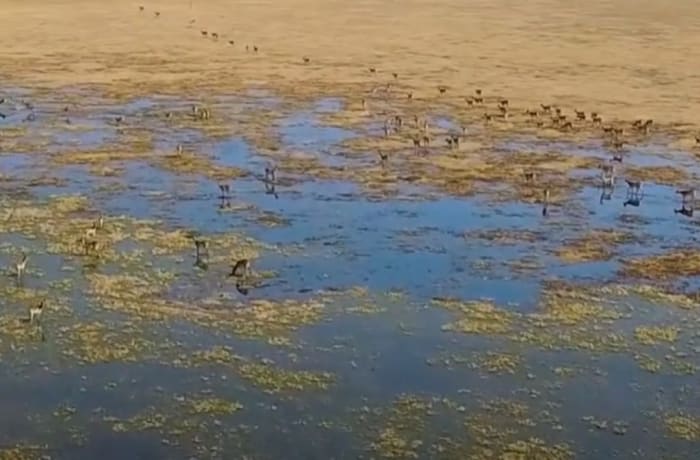

+15
Tourist attraction
Nestled in the Kafue river flats, Blue Lagoon National Park is an exciting tourist attraction with plenty to offer visitors. During the dry season, which typically runs from June to October, the park offers a unique opportunity to see some of Zambia’s wildlife up close and personal. Here you can find antelopes such as lechwe and sitatunga, as well as other mammals like warthogs and bushbucks. You’ll also get to see plenty of birdlife, with many species migrating here during the wet season from November to May. Visiting Blue Lagoon National Park is a great way to experience Zambia's natural beauty and diverse wildlife. Whether you are an experienced wildlife enthusiast or just looking for an adventure, you'll have a memorable experience.
Home to lechwe, sitatunga, bushbuck and warthog
Best time to visit: June - October
Breathtaking views from sunrise to sunset


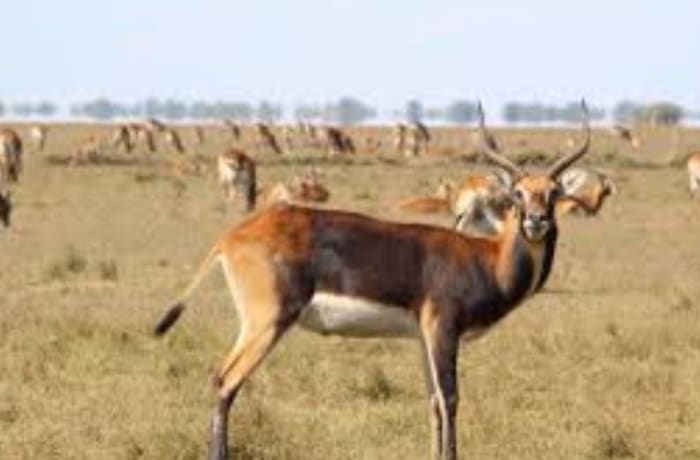
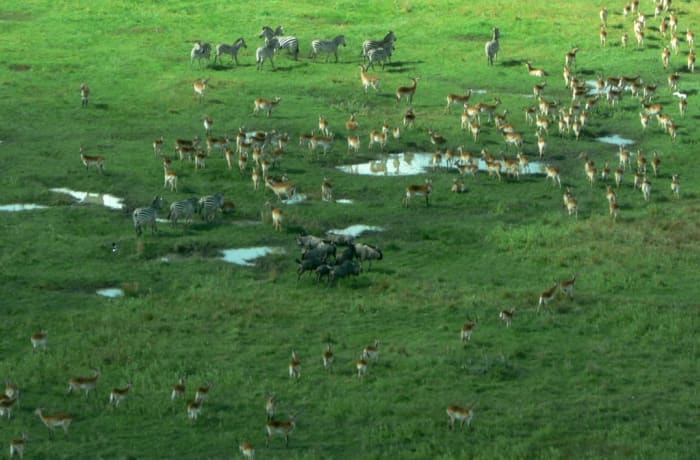
+12
Safaris
Visitors to Blue Lagoon National Park in Zambia can experience a safari like no other. As the park is home to vast plains of lechwe, sitatunga and other mammals, it presents an amazing opportunity for visitors to observe wildlife from close quarters. For those looking for a driving safari, the game-rich landscape offers an unforgettable experience, as well as a chance to take excellent photographs. For those looking for something a little more adventurous, the park also provides walking safaris with experienced guides who will help you get up close and personal with some of Africa's most majestic wildlife.
Vast plains of lechwe and sitatunga
Thrilling wildlife and a diverse landscape
An opportunity to capture beautiful shots of rare species
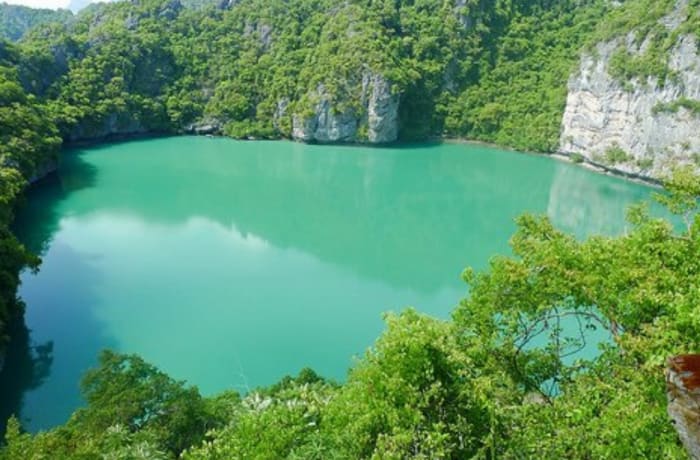



+10
Contact information
Message Blue Lagoon National Park
Enquiries, questions, quotation requests etc
Enquire via Email
Run a business in Zambia?
© 2021 Infobwana, Ltd. All rights reserved. Formally thebestofzambia.com · Learn more


